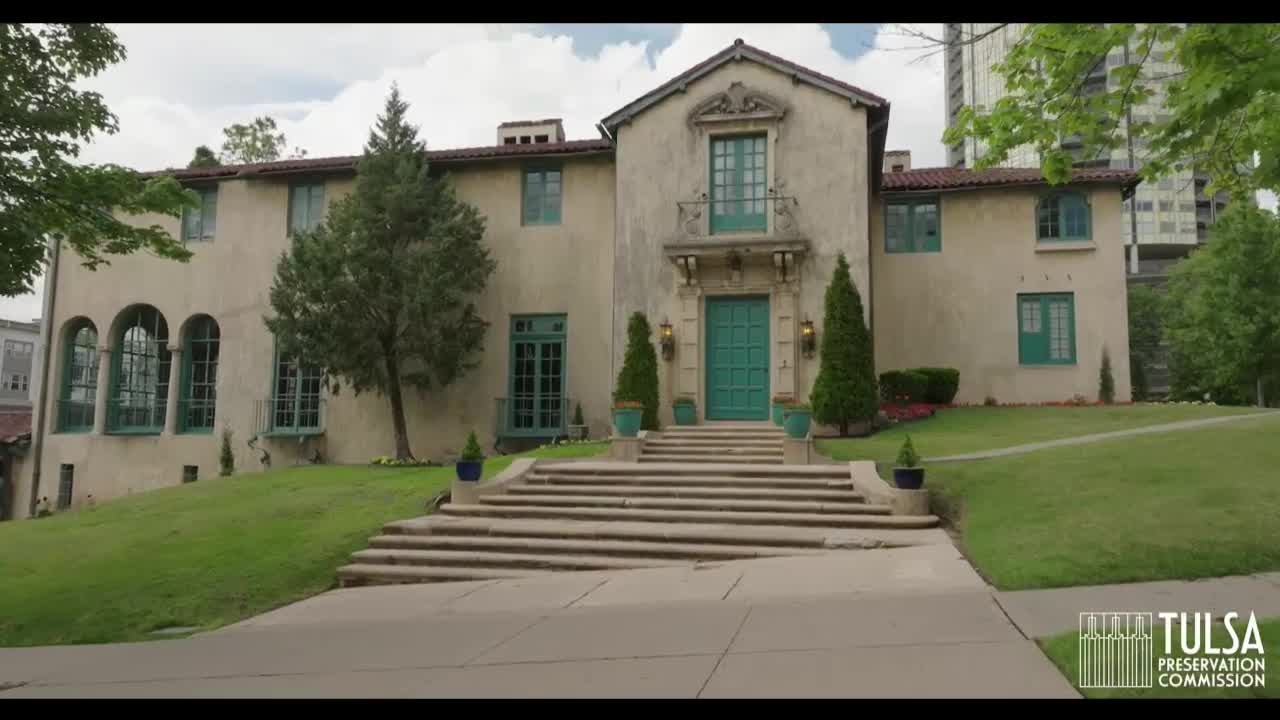Tulsa Explores Historic Riverside Estates Shaping City's Legacy
August 18, 2025 | Tulsa, Tulsa County, Oklahoma
Thanks to Scribe from Workplace AI , all articles about Oklahoma are free for you to enjoy throughout 2025!

This article was created by AI using a video recording of the meeting. It summarizes the key points discussed, but for full details and context, please refer to the video of the full meeting. Link to Full Meeting
First up is the Harwelden Mansion, a stunning English Tudor manor built in 1923 by oilman Earl Harwell. With its gothic arches and intricate hand-carved details, this estate is not just a home but a cultural hub. Today, it serves as an event center, hosting weddings and concerts, all while offering breathtaking views of the river.
Next, the Lee Clinton House, constructed in 1919, stands as a testament to refined taste and civic pride. Once owned by Union National Bank founder Lee Clinton, this colonial revival gem is one of the few original homes still gracing Riverside Drive, beautifully preserved and exuding quiet elegance.
Lastly, the Dresser Mansion, built for oil executive Carl Dresser in 1919, showcases Italian Renaissance design with its ornate features and red tile roof. Once a venue for lavish parties, it continues to serve as a gathering place, echoing its original purpose while offering stunning vistas of the river valley.
These historic properties not only highlight Tulsa's architectural beauty but also remind us of the city's deep-rooted connection to nature and community. As the Arkansas River shaped Tulsa's growth, these estates stand as enduring symbols of the city's legacy. Join us in uncovering more about the places that define Tulsa, one historic property at a time.
Converted from Tulsa - Human Rights Commission meeting on August 18, 2025
Link to Full Meeting
Comments
View full meeting
This article is based on a recent meeting—watch the full video and explore the complete transcript for deeper insights into the discussion.
View full meeting
